A brand audit is highly important, there is no doubt. We all want to protect our brand value and increase our customer retention. Yet, how do we do that? Where do we start? What are the steps we need to perform to run an efficient brand audit?
Here is everything you need to know about this process and how to perform one of your own:
- What is a Brand Audit?
- Why is Brand Audit Important in 2025?
- Why You Should Conduct a Brand Audit
- When is it a Good Time to do a Brand Audit?
- How to Conduct a Brand Audit in 7 Simple Steps
- Brand Audit Checklist
- Brand Audit Examples
- How to do a Brand Audit Report
What Is a Brand Audit?
A brand audit represents an investigation of a brand's vital signs, strengths, and weaknesses, comprising a series of processes that answer essential inquiries about brand positioning.
A brand audit process is the steppingstone of future action plans.
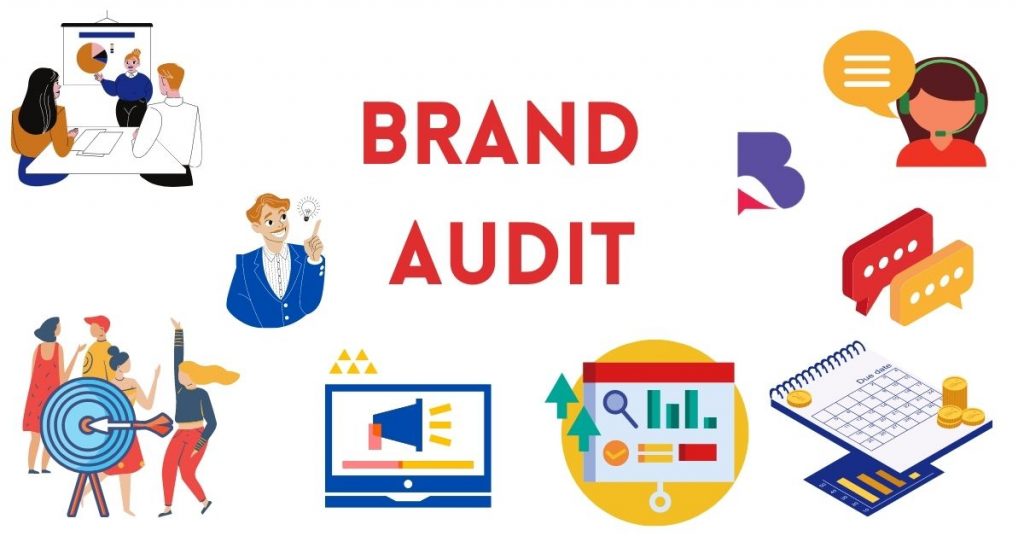
Why is Brand Audit Important in 2025
Performing a brand audit is important because you get powerful insights into your market position, challenges, opportunities, and competitors’ market stand.
Understanding the ever-changing nature of marketing, especially in this era, entails an in-depth knowledge of a brand’s position on the market, always keeping an eye on external factors, like competitors and the web and social scene.
In the digital world, just like in 2023 or 2024, 2025 is conquered by Millennials and Gen Zs. Whether they are your external customers or your interior team, or both, you must take their opinions into consideration.
Millennials and Gen Zs cherish honesty and authenticity. But most of all they value social responsibility. They want companies to stand for something beyond their own interest.
The versatile nature of digital content creation has its perks, but it can also be scary trying to keep up with all the trends.
It's crucial to know your audience, your brand's values and to find out which are the best content marketing strategies to grow your business.
If you know where you stand, you know where to land!
Why You Should Conduct a Brand Audit
Let's get straight into this. Here's why you should 100% conduct a brand audit:
- To understand how your brand is positioned in the market
- To find out how customers perceive your brand
- To see if you are using the appropriate tone of voice for your target market.
- To identify the best-fitted social media channels for your content marketing strategies.
- To find incongruences and gaps between sales data and social data.
- To discover your strengths and weaknesses compared to your competition
- To appreciate how your initial objectives align with your current brand strategy.
- To improve return on investment by rethinking action plans.
When is it a Good Time to do a Brand Audit?
- Whenever there is a significant change within the organization, it is a good time to do a brand audit.
- When rebranding or refreshing the current look of the company.
- When redefining brand values, when identifying cracks in the company foundation.
- When the marketing campaigns aren’t bringing results as they used to.
- When customer loyalty is weak.
- When the target market is no longer responding to the brand identity promo strategies.
All of these and more are strong indicators that you need to do a health check using a brand audit strategy.
Not even strong brands with good conversion rates are advised to rest on it.
Especially if your brand is trying to expand!
How to Conduct a Brand Audit in 7 Simple Steps
Getting ready for the check-up? Remember you need to tackle the problem from a three-dimensional perspective:
- Internal brand analysis - check if your organization has comprehensive brand values and mission, stable human resources, strong company culture.
- External branding - look into your overall brand packaging: business logo, digital marketing strategies, and materials, website, social media presence, public relations.
- Customer experience - visit the sales process, customer support, and customer service policies.
Here are the 7 Steps to Conduct an Efficient Brand Audit in 2025:
- Establish the goal of your brand audit
- Evaluate external marketing materials efficiency
- Listen to your customers
- Audit your website and social media presence
- Check the organization's internal pulse
- Identify and assess your competitors
- Create a report based on the gathered information.
Now that we have all the steps lined up, let's inspect them:
Step 1. Establish the goal of your brand audit
Ask yourself what is missing and see what you need to fix.
Are your company's values aligned with what the brand currently stands for?
Are you happy with the quality of brand awareness you generate?
Is your brand reputation satisfying enough?
Are you targeting the right market?
Conduct a SWOT analysis for your brand.
Evaluate sales data in relation to return on investment data.
Step 2. Evaluate external marketing materials efficiency
Are your promotional materials congruent with each other? Do your product packages, website design, brochures, sales sheets, digital ads, newsletters, social media presence, and customer service all reflect a consistent brand messaging and effective brand identity?
What is the overall reputation score and sentiment analysis of your brand development and market positioning?
Are your marketing efforts leading to real customer engagement, or are you preaching to the choir without expanding your audience?
Using brand audit tools and analysis tools for competitive analysis and market comparing can help you understand your brand better. The right audit tools will show how well customers engage with your brand and where improvements are needed to strengthen your positioning.
Step 3. Listen to your customers
Survey, survey, survey with consumer research on top.
How do your customers interact with your brand?
How do they perceive your brand?
How happy are they with what your brand offers?
Why did they choose you over your competitors?
Test the survey method on people in your target demographic who aren't customers.
Embrace social listening. Get honest feedback from your customers. Find out what they genuinely want from you.
Step 4. Audit your website and social media presence
Take on web analytics. How is your website performing? Is it easy to navigate? Does it have a catchy, captivating graphics design? Is it intuitive? Is it CONVERTING?
Dive into social media insights. When and what should you post. Does your audience engage with you? Can you attract brand advocates?
Monitor paid and organic channels. Discover what works best depending on your campaign targets.
Gather social data to assess audience engagement. Find out why, when, and where customers find you. And most importantly, why they choose you.
Step 5. Check the organization's internal pulse
If the internal ecosystem is not fighting the same battle, you are set up to lose.
Your employees are essential to your brand's reputation.
Make sure they are on the same page with the brand's values. You can even anonymously survey them to find out more about where they stand.
Ask for feedback and improvement ideas. Allow them to be a part of the solution.
Step 6. Identify and assess your competitors
Who are they? Where are they positioned on the market? What are their strengths and weaknesses? How do they sell their brand?
What do their customers say about them?
Step 7. Create a report based on the gathered information.
This report will help you implement an action plan for updating your brand to bring it in line with your business’s mission and vision.
Don't forget to monitor your progress as you further implement your new strategies.
Whenever needed, “lather, rinse, repeat.”
Brand Audit Checklist
- Decide on your goal
- Double-check your organization's vision and mission. Does it reflect your company's culture?
- Do your current marketing plans align with your brand?
- Evaluate current marketing efforts’ efficiency. How relevant is your brand in today's market?
- Listen to your audience.
- What’s the user experience when interacting with your brand?
- Can your ideal customer identify with your brand?
- What do your customer reviews say about your company and your products or services?
- What do customers say about your competitors?
- Implement competitor analysis. Stalk on your competitors
- Check and listen to your employees
- Are they familiar with it? Do they believe in endorsing it?
- What inconsistencies can you find and where?
- What opportunities can you find and where?
Brand Audit Examples
Back in 2012, a brand management undergrad student presented a brand audit case on the megalithic brand Coca-Cola.
The main objective of the audit was to learn about the inventory and exploratory aspects of the Coca-Cola brand.
The study starts with the company's introduction—a short history trip into the beverage's beginnings.
The audit presents insights into the brand's elements. With its attractive packaging design and logo, due to its strong brand awareness and global recognition, Coca-Cola is the world's most recognized brand.
The brand audit discovers the company's two distribution channels: direct and indirect selling. In addition to this, the company facilitates product presentations with personalized branded coolers, freezers, display racks.
The company's approach covers four marketing segments: mass marketing, differentiated marketing, niche marketing, and support marketing.
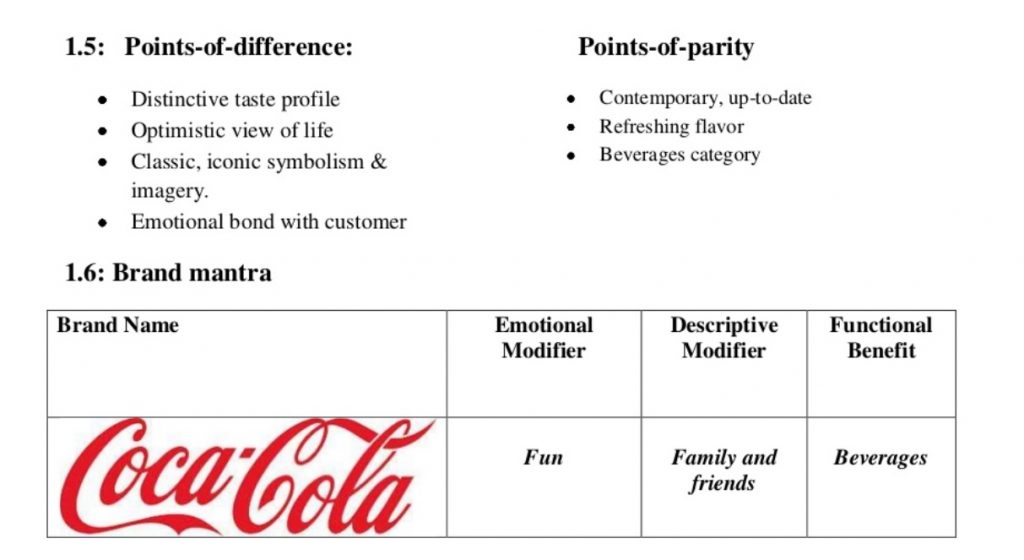
Next up, the audit discusses brand mantra, brand values, portfolio, insights into performance management but also employment selection, and company training.
Getting into the second chapter of the brand audit, we find out more about the brand's core attributes and extended attributes, brand knowledge, brand association, promotion, and CRM strategies.
Can't disregard the competitor's analysis subchapter and the Consumer-Based Brand Equity model pyramid.
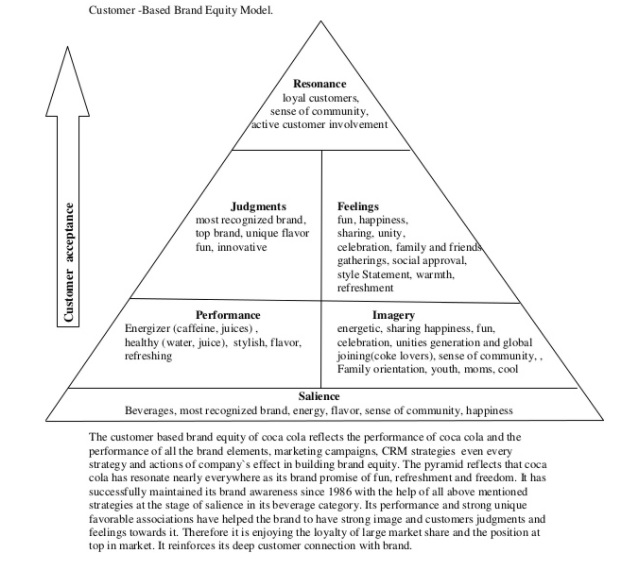
This audit ends with a shortlist of recommendations and an impressive 1886 to 2011 Coca-Cola slogan appendix.
The second brand audit we present here is a significant example of how great the survey method works.
Created in 2015 by a student from Mumbai University, the audit tackles the British multinational confectionery company - Cadbury.
Cadbury operates in more than 50 countries. It is positioned in the market as the second-largest confectionery brand in the world after Wrigley's.
Established in Birmingham, England, worldwide in 1824, Cadbury is best known for its Dairy Milk chocolate.
Based on the online survey analysis, the audit examines a series of essential social data like:
- Target customers
- Respondents' preferred chocolate
- Products' emotional connections
- Utility of products
- Respondents' trust in the products
- Reasons why Cadbury's chocolate is preferred
- Which strong brands are the biggest Cadbury competitors
- What is the overall emotional connection with the products
- How familiar are the respondents with the brand's identity
- For how long the respondents have been purchasing the brand's chocolate products
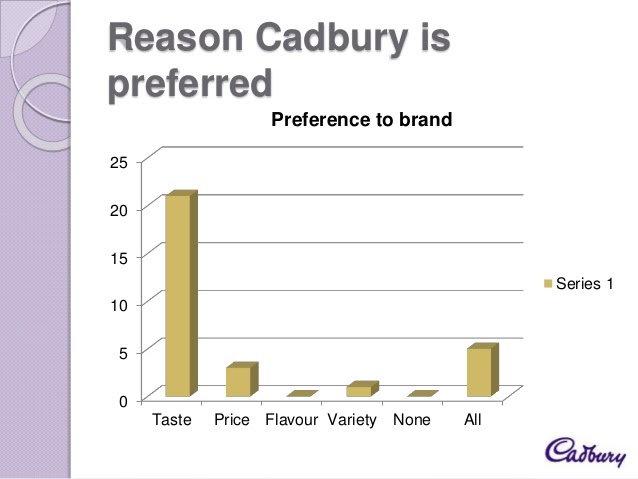
This audit process ends with a concise summary from which the survey results are clear:
- Cadbury is viewed as a pioneer in the chocolate industry
- There have been problems in the past that Cadbury successfully overcame
- Even after being the second largest after Nestle, people think of Cadbury first
- The sub-products have become a brand in itself
- People love the brand
Here is the full Cadbury brand audit from 2015:
How to do a brand audit report
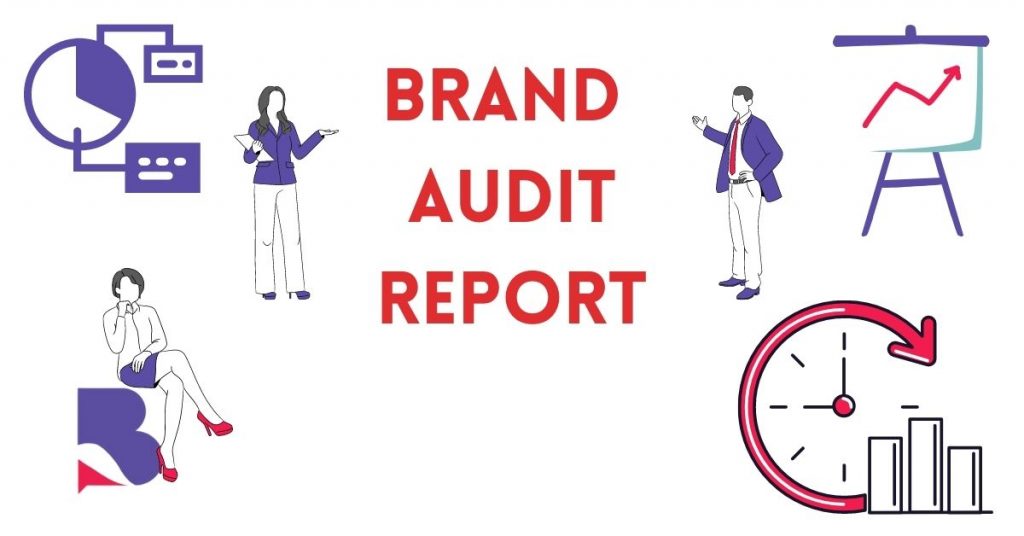
A brand audit report is usually a PDF document representing how your brand is performing compared to the goals you have set.
To do a brand audit report, you should go over these steps:
- Start by defining the core brand, including brand image, brand personality, and brand’s current position in the market.
- Analyze customer perception through surveys and interviews to gather valuable insights on how your brand is perceived compared to competitor brands.
- Identify strengths and weaknesses, assess opportunities and threats, and evaluate your value proposition within existing market trends.
- Review key messaging, verbal identity, and visual identity across internal and external brand touchpoints.
- Use analytics tools to track key metrics such as bounce rates, website analytics, and overall brand performance.
- Examine business strategy, brand communication channels, and social media presence to ensure consistency across all elements of your brand.
- Provide a step guide with actionable recommendations for improvement, ensuring alignment with future goals.
By measuring brand engagement, tracking customer feedback, and refining messaging, businesses can gain insights into their brand and make data-driven decisions to strengthen their presence.
If relevancy and brand strength are one of your objectives, it's always a good idea to do a brand audit.
A world of opportunities for improvement can open up if you take your time and learn to ask a few key questions.
Be curious, listen, and allow yourself to be a visionary!

